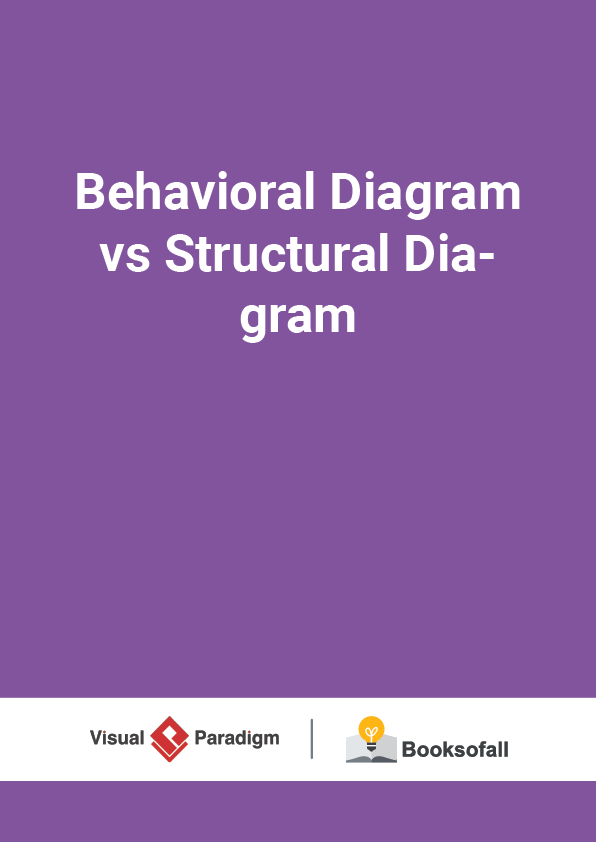Behavioral Diagram vs Structural Diagram
6-7 minutes
The Unified Modeling Language is a standardized general-purpose modeling language and nowadays is managed as a de facto industry standard by the Object Management Group (OMG) . The creation of UML was originally motivated by the desire to standardize the disparate notational systems and approaches to software design. It was developed by Grady Booch, Ivar Jacobson, and James Rumbaugh at Rational Software in1994–1995, with further development led by them through 1996.
Static vs Dynamic View
Static modeling is used to specify the structure of the objects, classes or components that exist in the problem domain. These are expressed using class, object or component. While dynamic modeling refers to representing the object interactions during runtime. It is represented by sequence, activity, collaboration, and state. UML diagrams represent these two aspects of a system:
- Structural (or Static) view : emphasizes the static structure of the system using objects, attributes, operations and relationships. It includes class diagrams and composite structure diagrams.
- Behavioral (or Dynamic) view : emphasizes the dynamic behavior of the system by showing collaborations among objects and changes to the internal states of objects. This view includes sequence diagrams, activity diagrams, and state machine diagrams.
In UML 2.2 there are 14 types of UML diagrams, which are divided into these two categories:
- 7 diagram types represent structural information
- Another 7 represents general UML diagram types for behavioral modeling, including four that represent different aspects of interactions.
These diagrams can be categorized hierarchically as shown in the following UML diagram map:
Behavioral Diagrams UML’s five behavioral diagrams are used to visualize, specify, construct, and document the dynamic aspects of a system. It shows how the system behaves and interacts with itself and other entities (users, other systems). They show how data moves through the system, how objects communicate with each other, how the passage of time affects the system, or what events cause the system to change internal states. Since behavior diagrams illustrate the behavior of a system, they are used extensively to describe the functionality of software systems.
As an example, the activity diagram describes the business and operational step-by-step activities of the components in a system. In other words, a behavioral diagram shows how the system works ‘in motion’, that is how the system interacts with external entities and users, how it responds to input or event and what constraints it operates under. There are seven behavioral diagrams that you can model the dynamics of a system as listed in the Table below:











